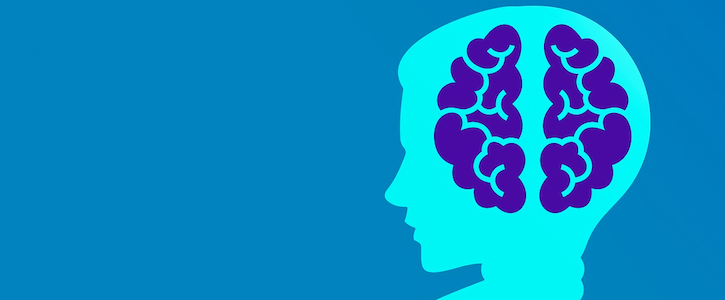- Politics
- Diversity, equity and inclusion
- Financial Decision Making
- Telehealth
- Patient Experience
- Leadership
- Point of Care Tools
- Product Solutions
- Management
- Technology
- Healthcare Transformation
- Data + Technology
- Safer Hospitals
- Business
- Providers in Practice
- Mergers and Acquisitions
- AI & Data Analytics
- Cybersecurity
- Interoperability & EHRs
- Medical Devices
- Pop Health Tech
- Precision Medicine
- Virtual Care
- Health equity
Mobile Machine-Learning Program Predicts Autism with High Accuracy
The system uses home videos and human video raters to diagnose children with autism.

Machine learning and mobile device data can help advance autism diagnoses.
As autism rates continue to rise, the process of getting an autism diagnosis remains arduous and time-consuming for many families.
Dennis P. Wall, Ph.D., associate professor of pediatrics and biomedical data science at Stanford University, said the two standard autism diagnostic instruments involve lengthy observation and/or interview processes. If both are used, the process can take more than four hours. That’s a big part of the reason many diagnostic clinics have lengthy waiting lists.
“Waiting lists have grown heavily over the last years, and average wait times exceed 12 months in many cases,” he told Healthcare Analytics News™.
>> READ: Creating Intelligent Computing: A Conversation with Rosalind Picard
With no signs that autism rates will slow down, Wall and his colleagues decided to see whether machine learning and mobile technology might be leveraged as tools to help speed up the diagnostic process. Their findings are documented in a new study.
The researchers asked 162 parents to record video of their children on their mobile device and then upload it to a web portal. Of those, 116 were parents of children who had been diagnosed with autism. The remaining parents filmed their typically developing children.
“What we’ve requested is that families try to record video of their child in natural settings, ideally with peers or siblings so we can see some opportunities for social engagement,” Wall said.
A team of three “raters” then watched the videos, looking for 30 behavioral features, such as eye contact and social smiling, that had been built into eight independent machine-learning models. On average, the rating process took just four minutes per video.
After various tests and validation, the team applied its best-performing model to the 162 videos. The model achieved an area under the curve of 0.93, or better than 90 percent accuracy.
“That’s high,” Wall said. “It’s clinically actionable.”
Wall noted that because machine learning is involved, the algorithms will get better and better at diagnosing autism as time goes on and they receive more data to process. This could help scale up the system so that it could be used not just in the United States, but also in countries around the world, including developing countries.
“It’s an adaptive learning system that can get smarter as it goes,” he said.
If the diagnostic process continues performing well in further research, it could drastically shorten the process of diagnosis for children who might have autism. It might also enable primary care physicians to more confidently make diagnoses of autism without the need to refer the child to a diagnostic specialist.
Wall conceded that it may take time for such a system to gain wide acceptance as a valid diagnostic tool.
“Like many new innovations, there’s a resistance to change and adoption,” he said. “I think the onus is on us to document the efficacy of this approach as best as we possibly can.”
If they do that, Wall said the diagnostic program could be a harbinger not just of a new era for autism diagnosis, but also for healthcare more broadly.
“The other thing that’s important is the mobility,” he said. “That changes the system. It creates an entirely new paradigm for healthcare. That’s important in this context, especially now with the incidence [of autism] rising at it has.”
The study is titled, “Mobile detection of autism through machine learning on home video: A development and prospective validation study.” It was published Nov. 27 in PLOS Medicine.
Get the best insights in healthcare analytics directly to your inbox.
Related
Wearables Are Saving Human Lives. Can They Save Hospitals Too?
2M Computer Processing Hours Help Unearth New Autism Insights
AI Can Help Doctors Diagnose Tricky Mood Disorders Like Bipolar 1
